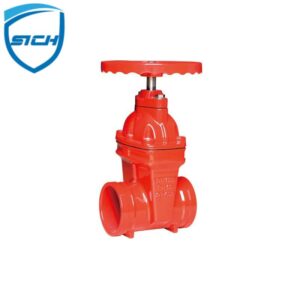Gate valve supplier are several tests you can perform to ensure a valve is installed properly:
Visual inspection
Do a visual check of the valve installation. Ensure the valve is installed in the correct orientation, at the proper elevation, with adequate clearances, properly supported, etc. Check for any visible damage or defects.
Leakage test
Conduct a leakage test by closing the valve and pressurizing the system. Check for any leaks at the valve body, bonnet, packing, flanges or threaded joints. Tighten or repair as needed.
Seat leakage test
For valves equipped with a seating surface like gate valves, globe valves and check valves, test for seat leakage. Close the valve and pressurize from one side at a time. Measure and record any leakage through the closed seating surface. Repair or replace the valve if leakage is excessive.

Operational test
Open and close the valve a few times to ensure smooth operation and that the valve opens and closes fully. The valve should operate without sticking, binding or excessive force.
Pressure test
For critical applications, hydrostatically pressure test the valve to check for any leaks or damage at higher pressures. The test pressure depends on the valve and system design pressure.
Flow test
For control valves and other applications where flow is important, conduct a flow test to ensure the valve provides adequate flow. Measure the flow rate through the open valve at different opening positions.
Torque test
For valves that require precise torque seating like ball valves, perform a torque test using a torque wrench. Tighten the valve to the recommended torque and recheck seat leakage. Adjust torque as needed.
Test any automation accessories
For automated valves, test any electrical, pneumatic or hydraulic actuators, positioners, solenoid valves, limit switches, etc. to ensure proper functioning before putting the valve into service.
Hydrostatic shell test (for fabricated valves)
For large fabricated valves, a hydrostatic shell test may be required to test the integrity of the valve body and shell before installation. The valve is tested with water at higher than the design pressure.
